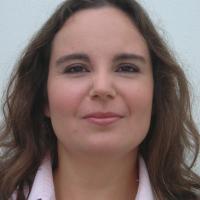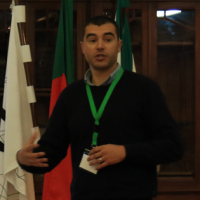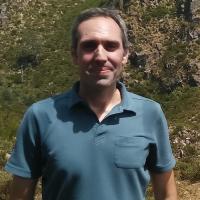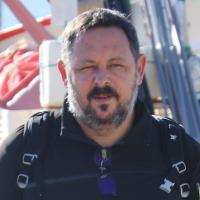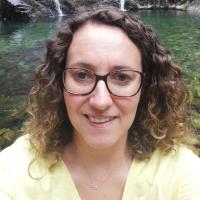RISKam
Environmental Hazard and Risk Assessment and Management
The research developed relies on strong theoretical support, accumulated practical experience over decades, and employs GIS tools and spatial modeling techniques; the main applications are aimed at territorial planning and management and emergency planning.
The researchers' activity is currently distributed across Portugal (mainland, Azores and Madeira), Angola, Brazil, Cape Verde, Spain, Morocco and Mozambique, embedded into research projects, service contracts and dissertation supervision. In international cooperation, the relations with the European Centre for Geomorphological Risks of the Council of Europe and the European Geosciences Union stand out.
Main research topics
Axis 1 – Environmental Change, Resources and Natural Hazards
- Study of slope instability and assessment of hazard and associated risks.
- Assessment of water erosion, drought, and desertification risk.
- Assessment of coastal erosion and associated risks.
- Study of extreme weather events occurrence, including identification of triggering rainfall thresholds for other hazardous phenomena.
- Modeling of susceptibility, hazard, and vulnerability to flooding.
- Modeling of tsunami propagation and inundation.
- Modeling of rural/forest and urban fire hazard and risk.
- Modeling of spatial diffusion of diseases and spread of invasive species.
- Multirisk analysis and modeling in GIS using statistical/probabilistic methods.
- Analysis of sea-level rise and assessment of associated impacts.
- Assessment of climate change impacts on natural processes and phenomena.
Axis 3 – Spatial Planning
- Evaluation of vulnerabilities and risk perception.
- Development of decision support systems to minimise losses from environmental risks.
- Multirisk assessment and definition of compatible land uses within the framework of territorial planning and emergency planning.
Objectives
The research group aims to analyse, assess, and manage the various components of risk related to hazardous phenomena, including within the context of adaptation to climate change, contributing to the enhancement of resilience to natural, technological, or environmental disasters.
Specific Objectives
- Evaluate tsunami hazard based on numerical modeling scenarios and analyze its impact on the Portuguese coastal zone;
- Analyze the most destructive hydro-meteorological events that have affected Portugal over the past 150 years;
- Define critical precipitation thresholds for triggering floods and landslides, aiming to build prototype warning systems;
- Assess flood susceptibility and hazard based on spatial analysis in GIS and hydraulic modeling;
- Reduce uncertainties in assessing landslide hazard and risk through the development of new input data and modeling procedures;
- Analyze the spatial and temporal distribution of damages caused by hazardous phenomena (primarily floods, mass movements on slopes, and fires) in Portugal;
- Assess coastal erosion susceptibility and impacts on human activities and infrastructure in a scenario of sea-level rise;
- Evaluate forest fire susceptibility and hazard using analytical approaches and assessing the influence of conditioning factors in different geographic contexts;
- Assess the potential risk of vector-borne diseases and the spread of invasive alien species;
- Increase knowledge about risk perception and human vulnerabilities, assessing how people and communities behave in relation to risks.







